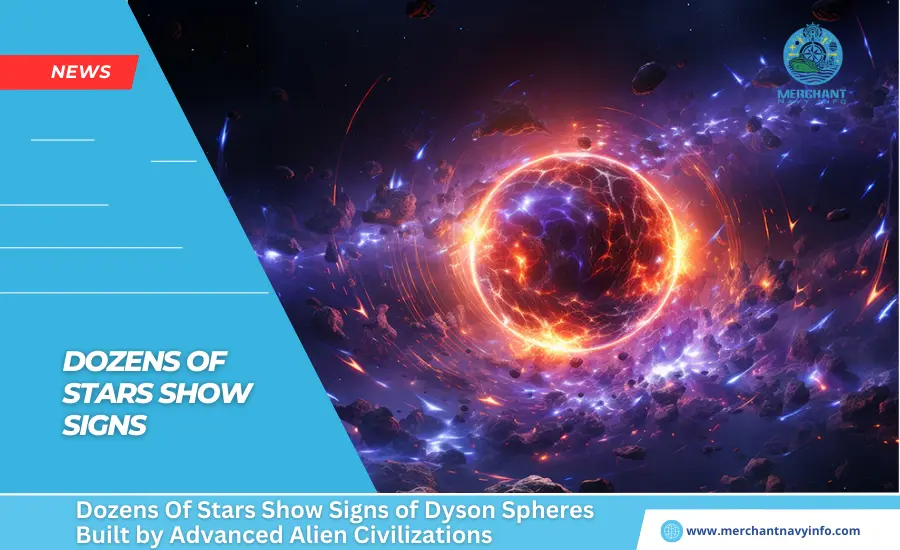
Two surveys of the millions of stars in our galaxy have discovered mysterious spikes. Of infrared heat emanating from dozens of stars. Astronomers say this could be evidence that an alien civilization is harnessing the energy of stars. Using giant structures known as Dyson spheres. But a more mundane explanation could be that it cannot be completely eliminated.
To search for potential Dyson spheres, a team of astronomers led by Matthias Suazo of Uppsala University in Sweden and Gaby Contardo. Of the International Institute for Advanced Studies in Italy will explore the possibility. Of a Dyson sphere from the Gaia European Space Agency satellite. The combined data uses infrared surveys from ground-based and space telescopes. To map the position and movement of billions of stars in the galaxy. Each team analyzed the same 5 million stars from the combined dataset. And both found signatures of excess infrared heating that could not be explained by known natural phenomena.
Interesting Explanation
“The most interesting explanation might be an actual Dyson ball,” Suazo said. His team discovered strange signals from seven red dwarf stars within 900 light-years of Earth. Although these stars are smaller and dimmer than the Sun. They appeared up to 60 times brighter in the infrared than expected. This excess was likely caused by something with a temperature of up to 400°C, which is the temperature you would expect from a Dyson sphere. Up to 16 percent of each star would need to be hidden to explain the signal, but if the cause actually exists, it would be due to the Dyson group, a group of large satellites that orbit the star to collect energy. ) means that it is likely to be a variation of the idea called. Artificial origin. “It’s not like there’s a solid shell around the star,” says team member Jason Wright of Penn State University.
Contardo’s Results
Contardo’s results were more comprehensive, finding 53 candidates among larger stars, including several Sun-like stars up to 6,500 light-years from Earth. “Both groups of candidates are interesting,” she says, although not conclusive.”Follow-up observations are needed to confirm anything. A natural explanation that could mimic the properties of the Dyson sphere is that the star is surrounded by a disk of hot planet-forming debris, but both teams discovered Most of the stars are that they are emerging.” Getting too old. Another possibility is that each star is randomly placed in front of a distant galaxy that emits infrared light.
Infrared signals may also come from unknown natural processes. “It could be something that happens very rarely, like when two planets collide and produce huge amounts of material,” says David Hogg of New York University, who collaborated with Contardo. “I think it’s probably a natural phenomenon.










